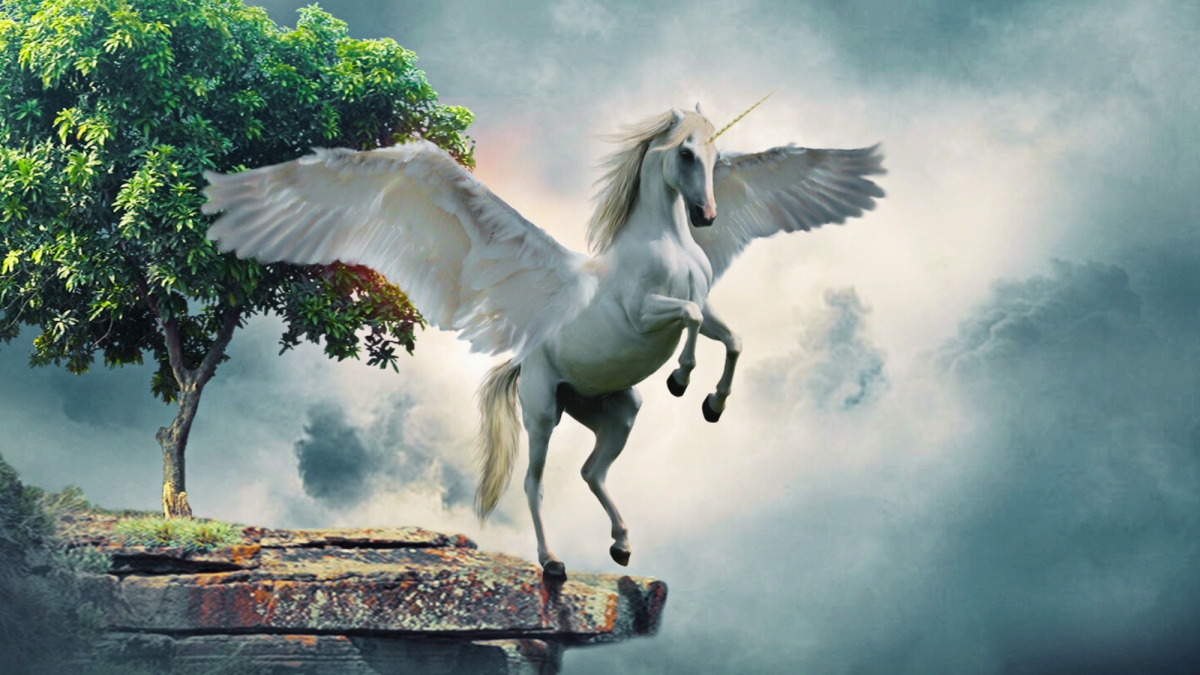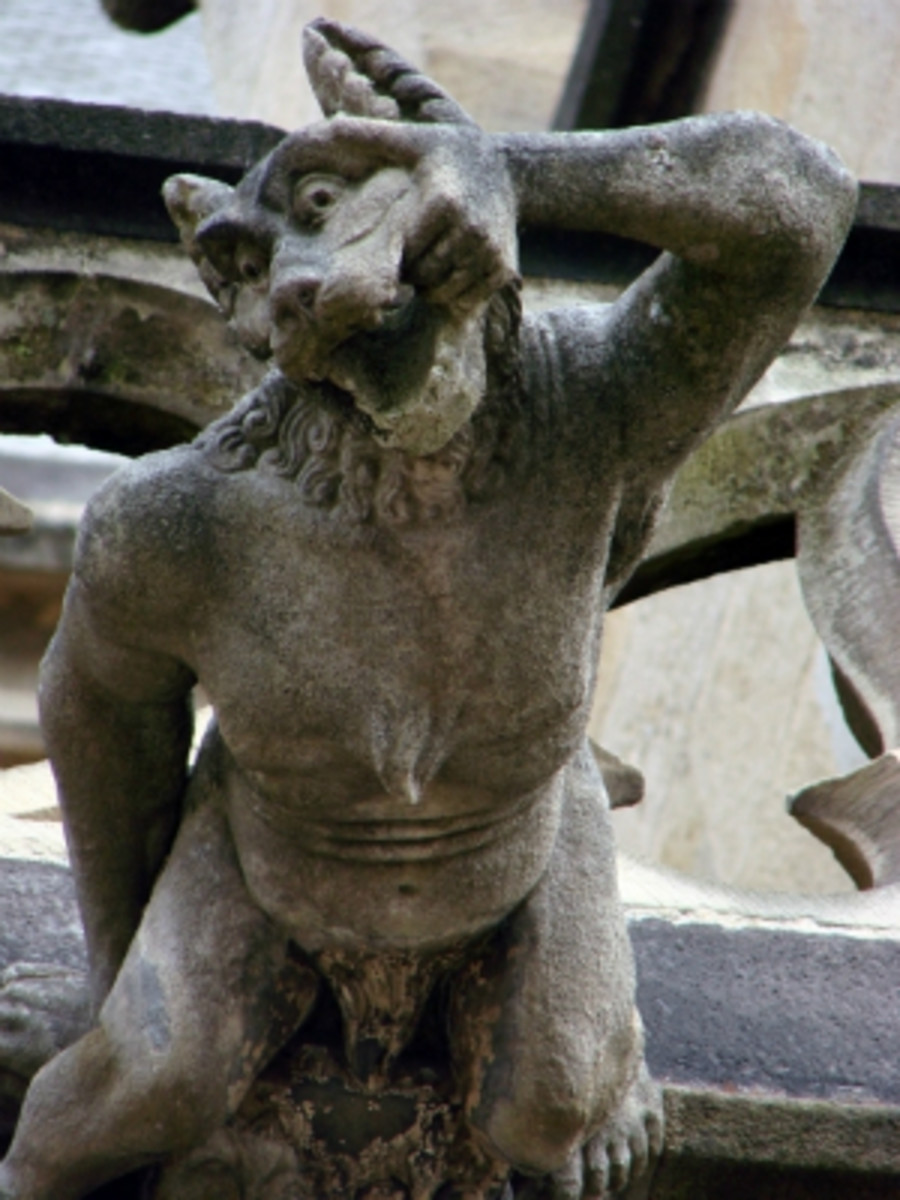- HubPages»
- Education and Science»
- Sociology & Anthropology»
- Folklore & Mythology»
- Legendary Creatures & Cryptids
Origin of the Unicorn
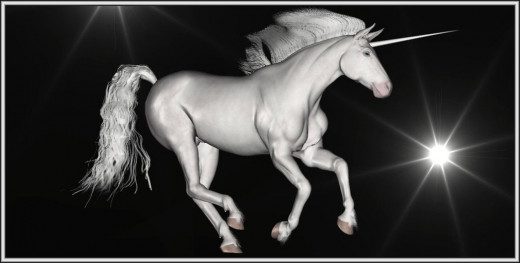
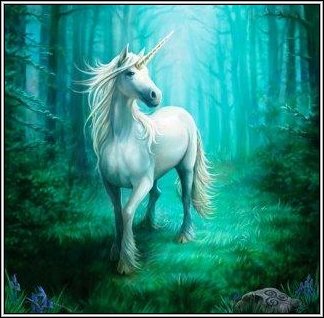
Mythical unicorns are a part of many ancient cultures. Although the modern depiction is of a white horse with a single spiraled horn, traditionally they were also known to have Billy goat beards, lion’s tails and cloven hooves. Still they were beautiful, mysterious, difficult to capture and possessed magical powers, including the ability to fly.
According to legends the origin of Unicorns can be traced back about 5,000 years to Pagan beliefs and are found throughout world mythology. Their horn or alicorn as they are referred to, are said to be harder than diamonds, and able to neutralize deadly poisons. Unicorn tears are able to heal physical wounds as well as sorrows of the heart and their blood can reputedly keep a person near death alive. Someone who sees a unicorn may be granted a wish. And some unicorns are believed to be able to speak to other creatures.
During the Middle Ages unicorns became religious symbols in many art masterpieces. One legend tells of how a beautiful maiden representing the Virgin Mary managed to trap and tame one. Some early Hebrew scriptures also mention the Unicorn as a biblical beast with some Bible translators interpreting the word re’em as unicorn. It’s mentioned at least eight times in the Old Testament.
A One Horned Deer
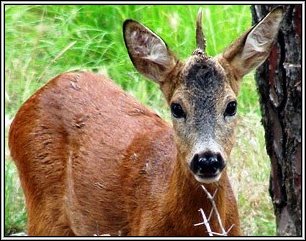
Even Greek writers such as Pliny the Elder and Aristotle mention them in their works. Pliny, the Roman naturalist, described it as "a very ferocious beast, similar in the rest of its body to a horse, with the head of a deer, the feet of an elephant, the tail of a boar, a deep, bellowing voice, and a single black horn, two cubits in length, standing out in the middle of its forehead."
Over time the legend grew and became exaggerated to the point the unicorn was viewed by many as the Christ and the death of a unicorn as the Passion of Christ. Thus, a pagan symbol entered into church teachings. Don’t believe it? Consider the fact a herd of unicorns is called a “blessing.”
Today, most don’t believe actual unicorns ever existed, yet there are animals having horn like protuberances which may have given rise to the legends. The rhinoceros and narwhale are good examples. The Narwhale has a single tusk protruding from its forehead. Often, narwhale tusks were ground up was sold as an alicorn for their magical properties, its white coloring being a symbol for purity, chastity and virginity. The alicorn was said to have great medicinal powers. In Ctesias’ writings,a Greek physician and historian, filings from the horn could protect against deadly diseases and poisons when made into an elixir.
And speaking of virginity it was believed only a virgin could capture one. To capture one a naked virgin would sit beneath a tree and wait. Eventually a unicorn would be irresistibly drawn to the virgins’ innocence and lie down with its head in her lap and fall asleep. While it slept, a hunter could capture it.
However, if the girl was only pretending to be a virgin, the unicorn would kill her. The legend of the hunter and virgin was later forbidden by the Council of Trent, but it didn’t prevent the unicorn from becoming a representation of power and royalty as evidenced by it being the symbol of the Scottish crown.
While the unicorn legend is thought to have originated in the West, countries in the Far East have similar mythological creatures. The Japanese unicorn is called a kirin, also their name for a deer. It’s a ferocious beast able to hunt down evil minded persons and pierce their hearts, whereas in China, a similar animal called qilin displays quite a different temperament. It’s harmless and considered a good omen. Reportedly, one appeared before Confucius' mother before his birth.
In more modern times, the search for unicorns continues, with no apparent success. Therefore, some have fabricated their own evidence such as a German scholar in 1663 who made a realistic looking skeleton of one. In the 1930s, a scientist from Maine,who some say was insane, manipulated the horns of a calf that grew entwined into one. Barnum and Bailey also got into the act by fusing together the horns of a white goat in the 1980s.
More recently, on June 11th, 2008, the discovery of a one year old, one horned Italian deer at a wildlife preserve in the town of Prato, outside of Florence, brought about a resurgence of interest in unicorns. They call the deer Lancelot. Although zoologists attribute it to genetic mutation, they do admit the possibility other creatures with similar abnormalities could have been mistaken in the past for the fabled creature.


